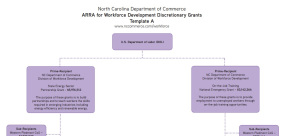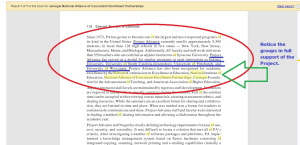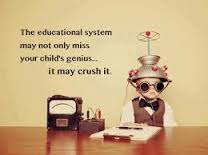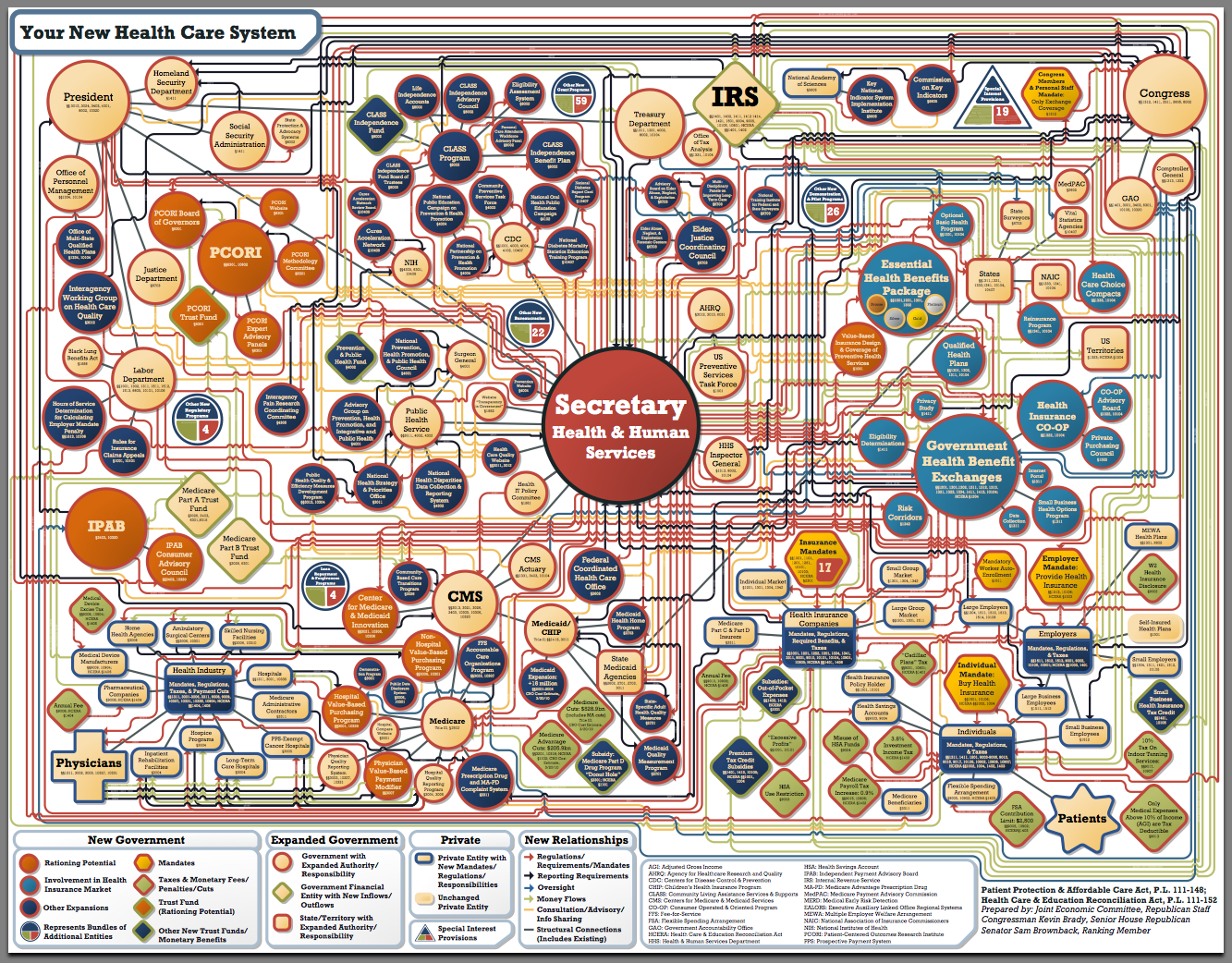Nothing beats a trained mind, right?
For those of us who are opposed to the illegally based education reform tactics we are seeing sweep our nation, I have some new news for you. We, the anti CCSS/CCRS (Common Core State Standards/College and Career Readiness Standards), know quite a bit about what is happening in education. But did you know the U.S. Dept. of Education is in the midst of conducting an educational experiment on your secondary and post-secondary students?! Read on, my Warriors!
The Announcement:
As seen on a website called the National Alliance of Concurrent Enrollment Partnerships (NACEP):

What Does This Mean?
First, let us see where ‘dual enrollment’ or ‘concurrent enrollment’ phrases are written into the ESSA (Every Student Succeeds Act).
Pages 121, 137, 167 (3 times), 173, 186, 303, 306, 323, 343, 395, 427, 460, 464, 476, 780, 917 (‘concurrent’ is used here in reference to a particular Senate committee and is asking that a posthumous honor be granted), and 991.
Page 121 applies dual/concurrent enrollment to IB and AP courses (International Baccalaureate and Advanced Placement). Page 137 applies dual/concurrent enrollment to identifying student interests/skills. Page 167 find the dual/concurrent enrollment phrase used 3 times as follows, a) in the title at the top of the page; b) in reference to low achieving students not meeting those ‘challenging academic state standards’; c) in reference to funding schools receive. Page 173 uses the phrase for secondary school funding. Page 186 finds the phrase used in relation to private schools (see page 185 where the paragraph begins). Page 303 uses the phrase for teachers and their training/licensing. Page 306 uses dual/concurrent enrollment in reference to teacher interns. Page 323 finds the phrase used for school leaders (including teachers). Page 343 shows the phrase used for gifted students. Page 395, more school leadership via the LEAs (Local Education Agency). Page 427 is for the English language learners (ELLs). Page 460, finds dual/concurrent enrollment for underrepresented students (and includes improving student engagement. You will need to read from mid page 459 for context purposes). On page 464, on-line courses, especially those for CTE (Career Technical Education). Page 476 uses the phrase to define STEM curriculum, classes, courses, and exams (aka: assessments). Page 780 will use the phrase for defining the partnerships which must be in place to satisfy the dual or concurrent enrollment. Lastly, on page 991, you will find the phrase is used for spelling out credit bearing courses (will need to begin on page 990 for the entire passage).
So What is the Experiment?
From my research, the short answer would be: baiting students, regardless of age, to go through the college and career pathway. However, let us look at what evidence there is.
Before we get to the U.S. Dept. of Ed’s “experiment”, note that the NACEP is promoting the Pell Grants first (Jan.11, 2016) before the Jan. 13th’s webinar for the “experiment”. {see the above screen shot}
According to the NACEP, the 11th’s broadcast will explore the opportunities to ‘leverage’ federal programs (such as the Pell Grants used in post-secondary education) for states and LEAs (local education agencies) to use are much increased, thanks to the ESSA’s passage into law. New funds will be available for the states to use to prioritize dual enrollment.
Then, on the 13th, they will join with the U.S. Dept. of Education to delve into the ‘experiment’. Sounds so mysterious, doesn’t it?
Well, here is what NACEP wrote about it in a bit more detail, “The experiment will enable high school students enrolled in dual enrollment programs to access federal Pell Grants at participating institutions. Students who have attended a dual enrollment program are more likely to apply to, enroll in, and succeed at college. These students not only benefit from the academic experience of learning at a college level, but often are also better able to picture themselves in college, pursuing a postsecondary degree. To help students succeed in these programs, the Department of Education are seeking institutions offering structured programs that support students throughout the program.”
So the long answer is that the Experiment is looking for educational institutions to continue the CCR (college/career readiness) pathway for our students. States will get more money, students will be more aligned than ever and those profiting will just keep getting richer while our students continue their assigned tracks.
What the Fed Said:

According to the Federal Aid website, here is what I found out. There is a 28 page College Prep checklist for elementary on up to adult students to guide them in 3 areas: a) finding money, b) taking the right classes, and c) choosing the right career. You can access the checklist, https://studentaid.ed.gov/sa/sites/default/files/college-prep-checklist.pdf
According to the checklist, the U.S. Dept. of Education is the MAIN source of funding for students seeking higher education! The checklist also steers you to the U.S. Dept. of Labor’s website, ‘What’s My Next Move?’. See the screen shot below:

http://www.careeronestop.org/TridionMultimedia/WMNM%20FINAL%20JAN%2007%202013_tcm24-13704.pdf
One direct quote from the pdf document you see pictured above is “What’s My Next Move? is a career planning document designed to assist high school students in managing their education and career plans.”
Immediately following this is an on-line assessment the students should take, then record their scores in the provided blanks.
The CCSS/CTE/CCR Evidence Hidden in Plain Sight:
Now, where the CCSS/CCR/CTE (Common Core State Standards/College and Career Readiness/Career Technical Education) evidence shows up is all throughout this education/career guide.
1) You can see it refers to on-line assessing, to tailoring your education to that of a career, then you can see where the post-secondary tracks are pointed out via the technical training courses, the community college courses.
2) Then there is the O*NET (Occupational Information Network). This is a huge database of information which not only is accessible to our high school students, but any one seeking a job! It is also housed here in NC!! See this direct quote from the ‘about us’ section of the website, “The Occupational Information Network (O*NET) is being developed under the sponsorship of the US Department of Labor/Employment and Training Administration (USDOL/ETA) through a grant to the North Carolina Department of Commerce which operates the National Center for O*NET Development.”
This entire project is a P3 (public-private partnership). “The Research Triangle Institute (RTI), the Human Resources Research Organization (HumRRO), North Carolina State University (NCSU), MCNC, and Maher & Maher” are all in tandem with this Network of information. To see what each of the above P3 members do, see:
http://www.onetcenter.org/about.html
Funding the O*Net is the U.S. Dept. of Labor.
3)Notice that both the What’s My Next Move? and the O*Net are partners with the American Job Center Network. Who runs the AJCN (American Job Center Network)? The U.S. Dept. of Labor! “The American Job Center Network is a unifying name and brand that identifies online and in-person workforce development services as part of a single network.” This quote is from the AJC’s website.
When you visit it to see for yourselves what else is there, be sure to notice the section of the website which points you from the federal level to the state level for Workforce Development. An example from NC (as of 2010) is featured below for Workforce Development. This particular image is what funding NC received from the 2009 American Recovery and Reinvestment Act.

4) As you have learned from my research, the Workforce Development aspect of CCSS/CCR is well documented. Part of NC’s efforts in regards to WD (Workforce Development) has resulted in NCWorks. I have exposed just how CCSS(Common Core)/CTE (Career Tech)/CCR (College and Career Ready) aligned NCWorks is. See my article from: https://www.commoncorediva.com/2015/10/10/weekend-news-collective-workforce/
Remember, anti CCSS Warriors, I use NC as example. Your state will also have this kind of one-stop-workforce-education model. Use the American Job Center’s website information to point you in the direction you can find the information in your state.
Before I Go:
I wanted to back track to NACEP (National Alliance of Concurrent Enrollment Partnerships) briefly. We know from the above information they fully supported the ESSA passage. But what more can I tell you that points to the CCSS Machine? From their last conference in 2015, the sponsors of the Conference are a Who’s Who Among CCSS Machine members. For instance, McGraw-Hill, ACT, Inc., and Syracuse University.
Many community colleges were involved as well.
If you aren’t convinced community colleges are Common Core/Career Tech aligned, please refer to my following articles:
From 2014, where you can find some of the early roots for alignment: https://www.commoncorediva.com/2014/09/18/tech-thursday-common-core-community-college/
From 2015, where you can read about NC (as an example) for dual enrollment and global ready workers: https://www.commoncorediva.com/2015/11/09/monday-musings-global-readiness-and-ccss/
From 2015, where you can see community colleges and Workforce: https://www.commoncorediva.com/2015/08/01/fyi-post-secondary-common-core-intel/
If you would like to see how Syracuse University is in the CCSS Machine via dual enrollment, be sure to visit the following link. Be sure you note how the pro CCSS Carnegie Foundation is in full support of the SU’s “Project Advance”.
http://www.msche.org/documents/EnhancingAcademicOversight.pdf

This is from the Google Books ‘Intelligent Infrastructure’.
Closing:
One last note of interest, notice that the U.S. Dept. of Education announced this ‘Experiment’ back in October 2015. This was still while Arne Duncan was in charge. Carrying on his work is now, John King. I don’t know about you, but I am beyond flummoxed at the use of our students for educational experiments!


5 thoughts on “The Great Education Experiment”